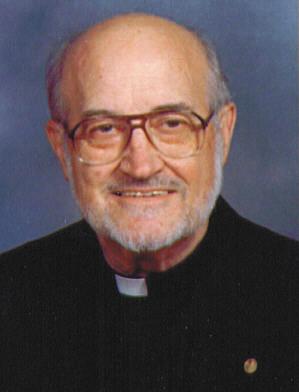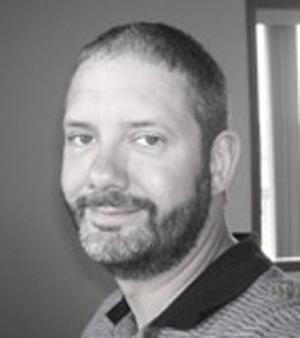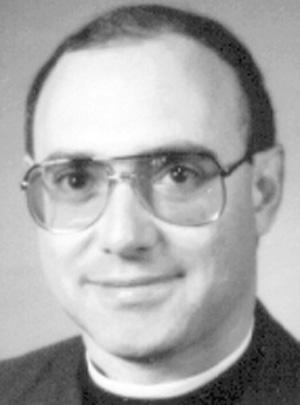By Barb Arland-Fye
My family is looking forward to spending Christmas in the Twin Cities with many of our relatives. But no one is more excited than my 22-year-old son, Colin, who is practically jumping out of his skin with anticipation. And once we’ve arrived and settled in, he’ll be anticipating our return trip home.
That’s the way it is when you have autism; you try to ground yourself for the change in routine because change is a source of anxiety, even if it involves a change you’re looking forward to.
Autism has been in the news lately because of reports of its prevalence: an estimated one in 110 children is reported to have an Autism Spectrum Disorder (ASD), according to the Centers for Disease Control and Prevention Web site. These developmental disabilities can cause significant social, communication and behavioral challenges, the Web site states. The Autism Society reports that as many as 1.5 million Americans live with an Autism Spectrum Disorder and that it is the fastest-growing developmental disability.
Behavioral challenges forced our family to turn to medication when Colin was 7. I remember that Christmas as being especially sad because the medication put Colin in a daze. I vowed that would never happen again.
For his eighth Christmas, he was completely absorbed with his new baby brother, Patrick, whom he has adored ever since. Each subsequent Christmas has brought its joys, challenges and indelible memories. While I don’t study autism as frequently as when Colin was younger, I am learning more about the disability from him as he settles into adulthood.
IQ tests don’t begin to assess the depth of his intelligence and thought processes. Once, when he was angry with a man who works with him, he told the man he was going to have him diagnosed with “religious autism.” I think Colin gets frustrated with autism and how it affects him, and sometimes his efforts to articulate his frustration result in wacky as well as profound observations.
We’re never quite sure what Colin will say; while most people keep random thoughts in their heads, Colin blurts them out — especially when he’s anxious. But if you listen carefully enough, you’ll get to the underlying message. I sometimes imagine that when we’re in heaven together, he’ll say to me: “Mom, why was it so hard for you to try to figure me out?”
In the meantime, his conversations make for interesting and sometimes embarrassing interactions with people. Fortunately, our relatives “go with the flow” — a phrase that has become Colin’s mantra.
With the financial crisis still in our midst, many people are suffering with unemployment or underemployment and finding joy in Christmas may be a greater challenge this year. The challenge is even greater for people with disabilities.
But Colin has been blessed since this fall — volunteering for the agency that provides services to him and other people with disabilities. He absolutely loves his work, and even asked if he could go in on Saturdays and Sundays (when the office isn’t open).
Colin finally has a sense of purpose, and that’s bringing me joy this Christmas.










